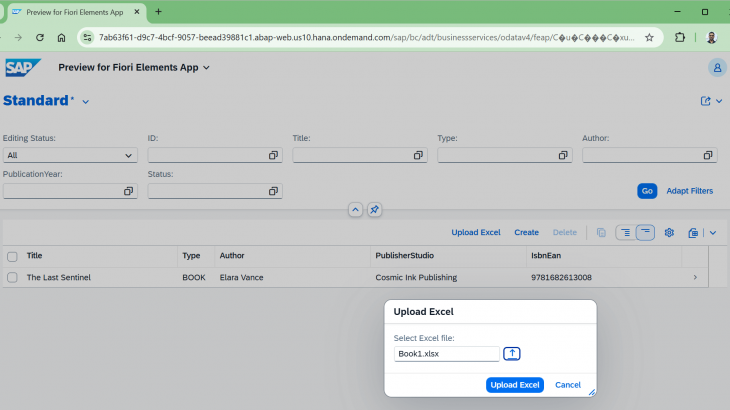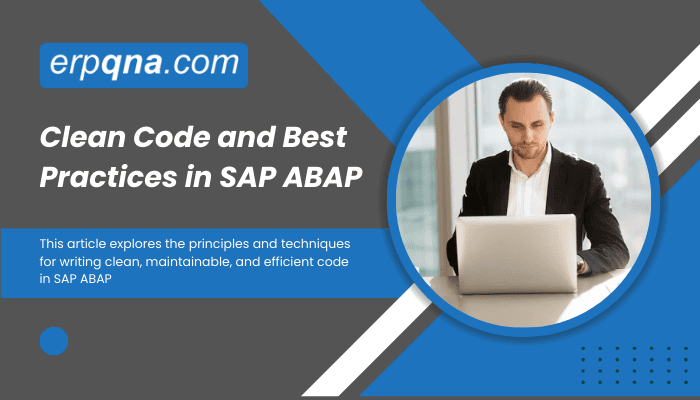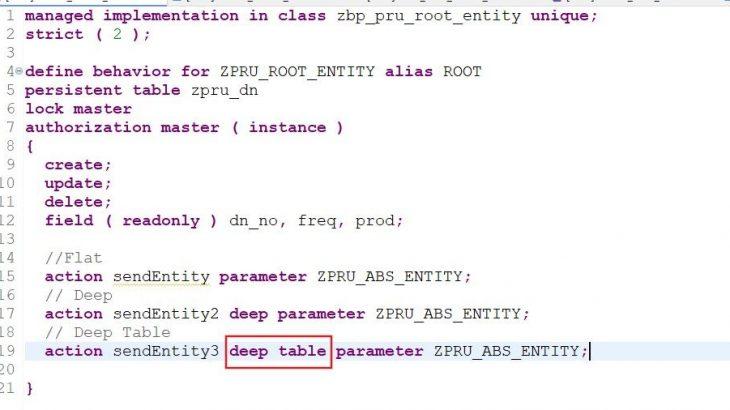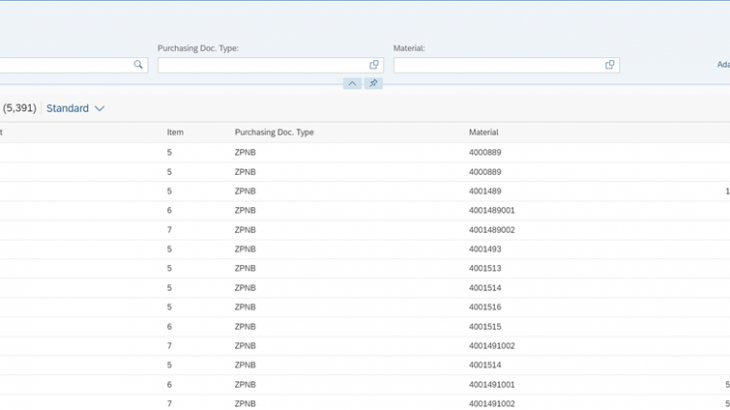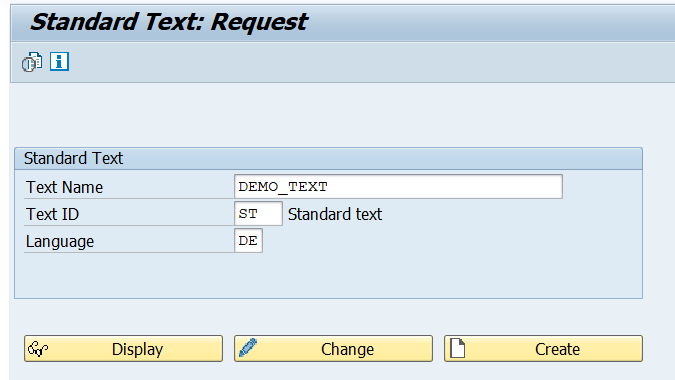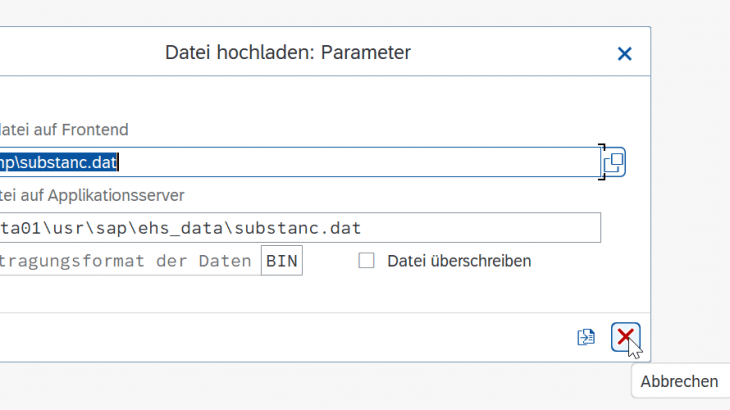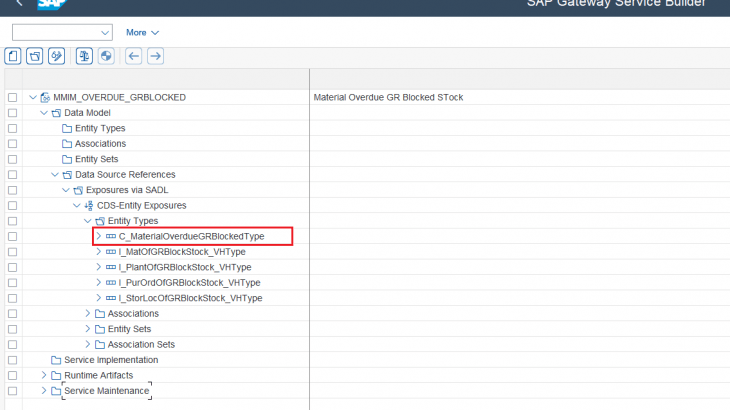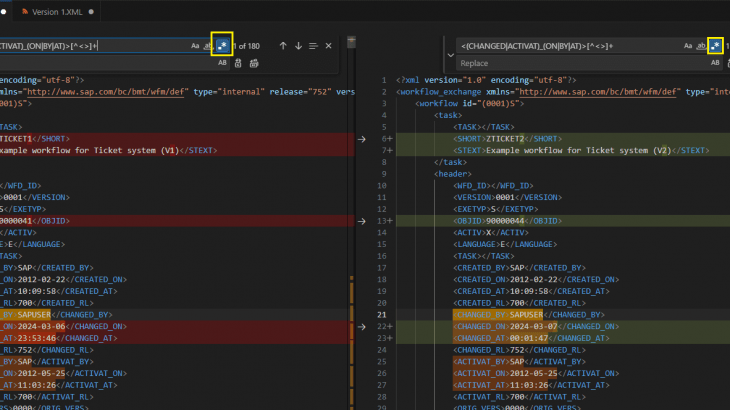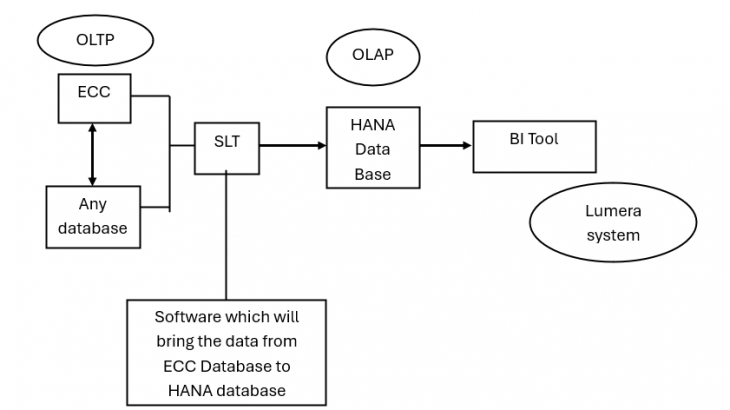
SAP S/4HANA SAP S/4HANA is the latest version of SAP. The full form of SAP S/4HANA is SAP Business Suite 4th generation ERP High Performance Analytic Appliance. There are 3 layers that are present in SAP namely:- In the 1990’s a new architecture was introduced, and it was R/3. In R/3 architecture we can observe […]
